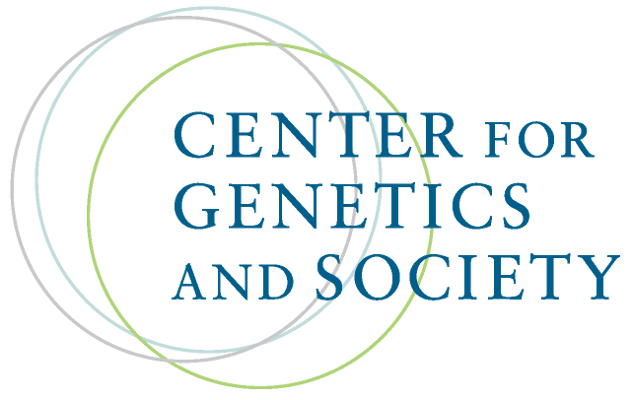Designer Sperm Passes Selected Genes to Future Generations
By GEN,
Genetic Engineering and Biotechnology News
| 12. 03. 2013
Frustrated by slow progress in gene therapy, a team of scientists opted for an unconventional approach. Instead of relying on the oocyte as a substrate for genetic modification, they took a closer look at male germ cells, including mature sperm. Sperm, owing to their accessibility, seemed to offer a convenient route to transgenesis.
The scientists, based at the Royal Veterinary College in North Mimms, United Kingdom, used a viral vector to insert genetic material into mouse spermatozoa. Then the spermatozoa were used in an in vitro fertilization procedure. In the resulting embryos, the genetic material was found to be present and active—and inheritable. The genetic material that had been introduced to the spermatozoa was, the scientists confirmed, still functional after passing through at least three generations of mice.
The scientists presented their results December 2 in The FASEB Journal, in an article entitled “Efficient generation of transgenic mice by lentivirus-mediated modification of spermatozoa.” In this article, the authors wrote, “When pseudotyped lentiviral vectors encoding green fluorescent protein (GFP) were incubated with mouse spermatozoa, these sperm were highly successful in producing...
Related Articles
By Meagan Parrish, PharmaVoice | 10.10.2025
When CEO Ben Lamm steps into the spotlight, it’s usually to talk about his efforts bringing extinct animals back to life. Once a far-flung idea, Lamm and the company he heads, Colossal Biosciences, have proven they can pull it off...
By Aleks Krotoski, The Guardian | 09.28.2025
Imagine you’re the leader of one of the most powerful nations in the world. You have everything you could want at your disposal: power, influence, money. But, the problem is, your time at the top is fleeting. I’m not...
GeneWatch UK has prepared a briefing on the genetic modification of nature for the International Union for Conservation of Nature (IUCN) Congress in October 2025
The upcoming Congress claims to be “where the world comes together to set priorities and drive conservation and sustainable development action.” A major concern for those on the outside is that the Congress may advance plans to develop and encourage the use of synthetic biology in nature conservation. This could at first glance sound like...
By Peter de Kruijff, ABC News | 09.16.2025
Do you wonder where your meat comes from? Maybe it is organic, wild harvested, or farmed.
Or perhaps it was designed in a lab.
Faster-growing fish, heat-tolerant cows and disease-resistant pigs are among a new class of animals that are...



